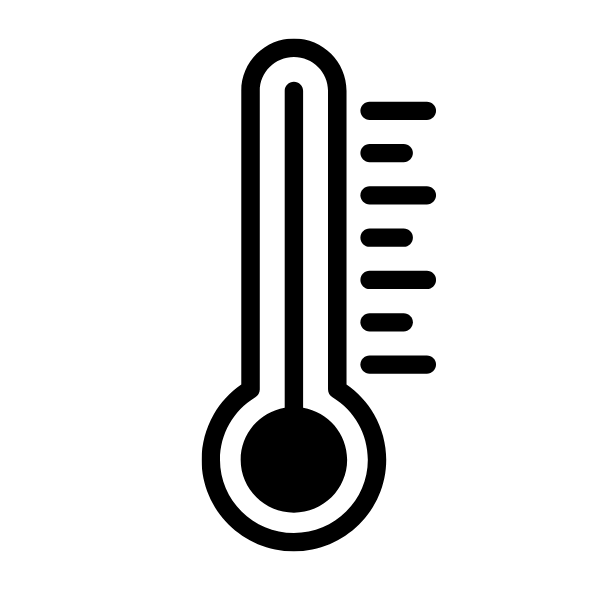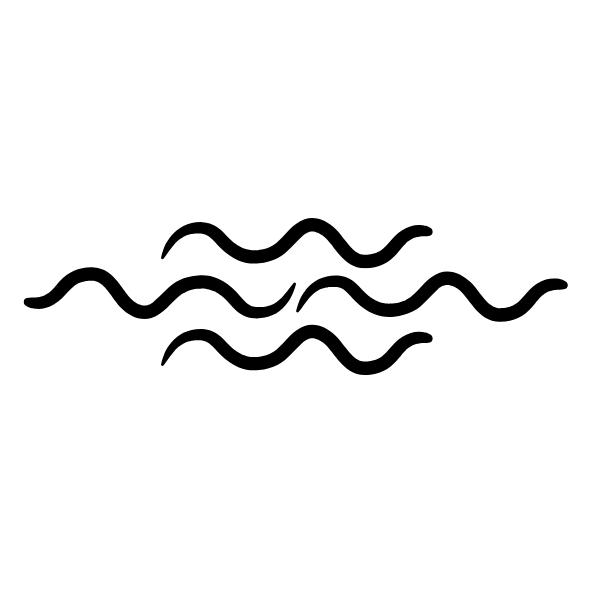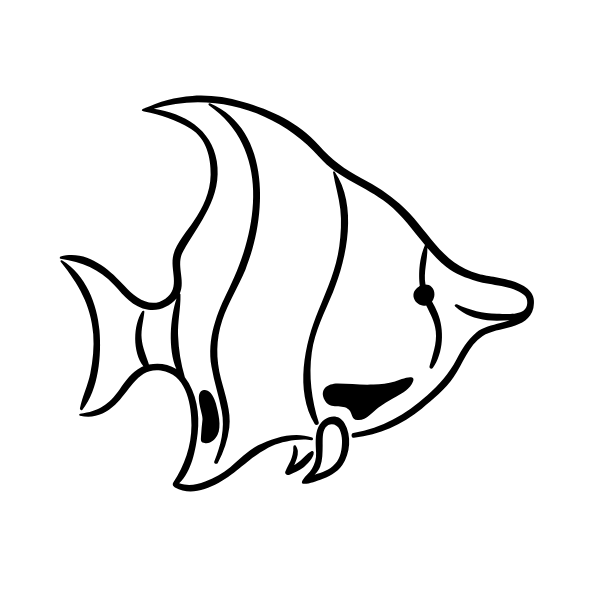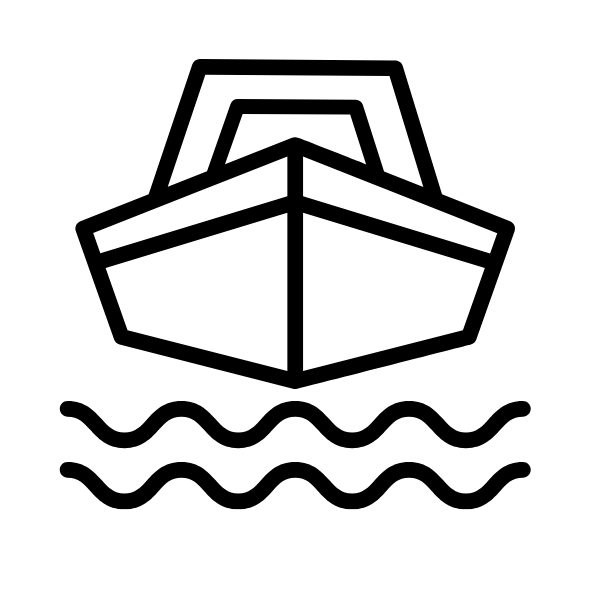Get in touch with us
Gili Gede, Sekotong Tengah Lombok Barat 83365 Indonesia
About Us
The High Dive Dive experience
Our Story
Located on the largest of the Southern Gilis, The High Dive Dive Gili Gede has become the go to for underwater enthusiasts seeking adventure and tranquillity. Established with a vision to share the vibrant marine life and pristine dive sites surrounding this idyllic island, The High Dive has grown into a trusted name for unforgettable experiences since 2017.
From humble beginnings, our dive centre was founded by passionate divers who fell in love with the untouched beauty of surrounding islands and reefs. Recognising the island's potential as a diving destination, we built The High Dive as a place where divers of all levels could feel at home while exploring the hidden gems of the Southern Gilis.
Over the years, we have embraced a commitment to safety, education, and sustainability. Our PADI-certified instructors bring a wealth of experience, ensuring every guest whether trying scuba for the first time or pursuing advanced certifications feels supported and inspired.
The High Dive is more than just a dive centre; it’s a community. We take pride in fostering a welcoming atmosphere where divers can share their stories, improve their skills, and contribute to marine conservation. Partnering with local initiatives, we actively work to protect the reefs and marine life that make Gili Gede and surrounding islands a treasure trove for divers.
Southwest Lombok
Southwest Lombok offers a unique experience with diverse marine life, vibrant coral reefs, and uncrowded dive sites. The region, including Gili Gede and its neighbouring islands, provides excellent opportunities for divers of all levels.

Water Temperature
The water temperature ranges between
27-30°C (81-86°F) year-round, making it comfortable for diving without the need for thick wetsuits.

Visibility
Visibility is typically 10-30 meters (30-100 feet), depending on the season and dive site. The best visibility is often found during the dry season from April to October.

Current Conditions
From very calm, beginner-friendly locations to spots with moderate currents ideal for drift diving and snorkeling. The variety of conditions makes it suitable for both new and experienced alike.

Marine Life
Southwest Lombok is teeming with marine biodiversity, including colourful reef fish, sea turtles, reef sharks, cuttlefish, and nudibranchs. Macro enthusiasts can enjoy spotting critters like ghost pipefish and frogfish, while pelagic species occasionally make an appearance.

Coral Reefs
The area features healthy coral gardens, walls, and pinnacles, with both hard and soft corals creating stunning underwater landscapes.

Seasonal Highlights
The dry season brings the best conditions, while the wet season (December to March) may bring reduced visibility but still offers exciting underwater experiences. Some sites are less affected by seasonal changes, ensuring year-round opportunities.

Accessibility
Most dive sites are a short boat ride away, offering easy access and minimal travel time to start your underwater adventure.
Southwest Lombok’s unspoiled charm, combined with its diverse underwater world, makes it a must-visit destination for divers and snorkelers seeking both adventure and tranquillity.
Snorkel or Scuba Dive the stunning 'Secret' Gili islands
Handy tips
STAY HYDRATED
It is very important to stay hydrated while scuba diving. Bring a reusable water bottle so you can drink lots of water and stay hydrated throughout the day.
SUN PROTECTION
When you are out on the water, you will be in the sun for an extended period of time. It is important to cover up with up so that you do not get sunburnt. Reef safe sunscreen, sun coverage clothing such as a hat and rash vest are great things to bring with you on your holiday.
DIVE TRAVEL INSURANCE
Many travellers opt for travel insurance that covers unexpected expenses like flight delays, trip cancellations, or rental car damage. However, most standard travel insurance policies do not include coverage for scuba diving-related incidents. Some insurers offer the option to add diving coverage for an additional cost, but it's important to carefully review the policy details. Restrictions may apply, such as requiring you to dive with a divemaster or have certification from a specific agency. Additionally, most policies do not cover dives deeper than 100 feet (30 meters). Always check the fine print before diving to ensure you're fully protected, or you can buy short term Dan Dive Insurance from The High Dive.
FLYING AFTER DIVING?
After scuba diving, it’s recommended to wait at least 18 hours before flying. This is because when you dive, your body absorbs nitrogen from the compressed air in your scuba tank. As you ascend, nitrogen is gradually released from your tissues, but it takes time for it to be fully eliminated from your system. Flying soon after diving can increase the risk of decompression sickness (DCS), also known as "the bends.
Protect marine life
Practice Perfect Buoyancy
Avoid accidental contact with reefs and marine life by mastering your buoyancy control. This helps prevent damage to fragile ecosystems and keeps you from stirring up sediment that can smother corals and disrupt marine habitats.
Respect Marine Life
Observe marine creatures from a safe distance and avoid chasing, touching, or feeding them. Interfering with their natural behaviour can cause stress and harm their well-being.
Be Mindful of Your Equipment
Secure dangling gear such as gauges, regulators, or cameras to avoid them snagging on coral or disturbing the environment. Proper equipment management minimizes unintentional damage.
Don’t Collect or Disturb
Take only photos and leave only bubbles. Avoid removing shells, corals, or any underwater objects, as they often play vital roles in the ecosystem.
Support Conservation Efforts
Participate in reef-cleaning dives, choose eco-conscious dive operators, and educate yourself about marine conservation. Supporting initiatives like Project AWARE helps protect marine environments for future generations.
By following these practices, you can enjoy diving while preserving the beauty and health of the underwater world.

